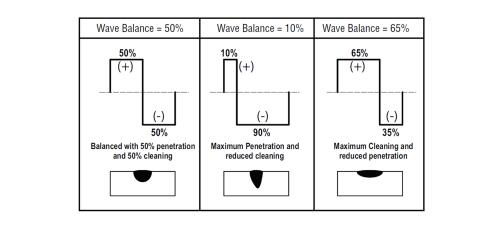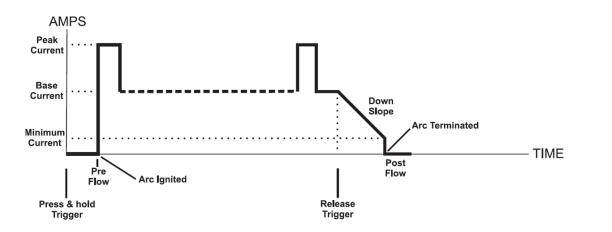Release Date:2022-10-09 Views: 22
Welding is a common method of joining metals, which is widely used. Welding power supply is a device that provides and regulates the current for arc welding. A low-cost, entry-level welding machine is the so-called "buzz box" welding machine, as shown in the figure below. It is a simple transformer containing a saturable inductor or current control circuit. The two terminals of the transformer are connected with the base metal (workpiece) and the welding electrode. When the electrode strikes the base metal, the short circuit will cause a large current and cause an arc, which will melt the electrode and fill the gap of the base metal. Due to the limited control of this "electric welding machine", the welding quality depends on the operation level of the welder to a large extent. Heavy quality and high noise are other disadvantages of this welding machine. With the appearance of power semiconductor switch, advanced inverter welding machine was invented. High frequency switch technology and closed loop control are adopted to make the welding machine lighter and easier to use. The block diagram of low power inverter welding machine is shown below.

The welding gun and workpiece can be connected to the output of the welding machine in two different ways. When the welding gun is connected to the DC negative output, it is called "straight" welding (electrons flow out of the welding gun), otherwise it is called "reverse" welding& nbsp; Among them, "reverse" welding is now used more. It is used for metal structures of bridges, ships and buildings, with good weld shape, deep penetration and good welding performance (bending, durability, porosity, etc.). Generally speaking, only DC "reverse" welding is used for welding on high strength and low alloy steel. Direct current "straight" welding is used for thin metal plates to prevent material burning through, or for metals that cannot tolerate sharp temperature changes or harmful moisture. The commonly used electric welding machine is constant DC output, but for aluminum welding, AC output at a certain frequency and mode is required (AC welding). This is because aluminum parts basically have two layers, base aluminum and aluminum oxide. When metal aluminum is exposed to air, oxides will form. Its melting point is much higher than aluminum, about 3600 degrees Fahrenheit. For example, pure aluminum has a melting point of 1200 degrees Fahrenheit. Alumina must be removed before the base metal begins to melt. If this is not done, the base metal will not fuse well together; On welded sheets, the base metal may have overheated and liquefied before the arc penetrates the oxide. In these places, the cleaning efficiency of AC welding plays a role.
By controlling DC output polarity and duration, high quality welding effect can be obtained. The following is an example of waveform balance for aluminum welding in AC high-frequency TIG or AC up frequency TIG mode.

AC TIG wave balance
In order to output positive DC, negative DC and AC output, inverter welding machine needs to add a polarity switch circuit at the output end. The following is the circuit block diagram and current control outline diagram of general high-power welding machine.

Circuit Block Diagram of Universal Inverter Welding Power Supply Based on SiC Devices

Current control outline diagram of inverter welding machine
Copyright © 2024 :Husheng Technology (Shenzhen) Co., Ltd
Support:wanet